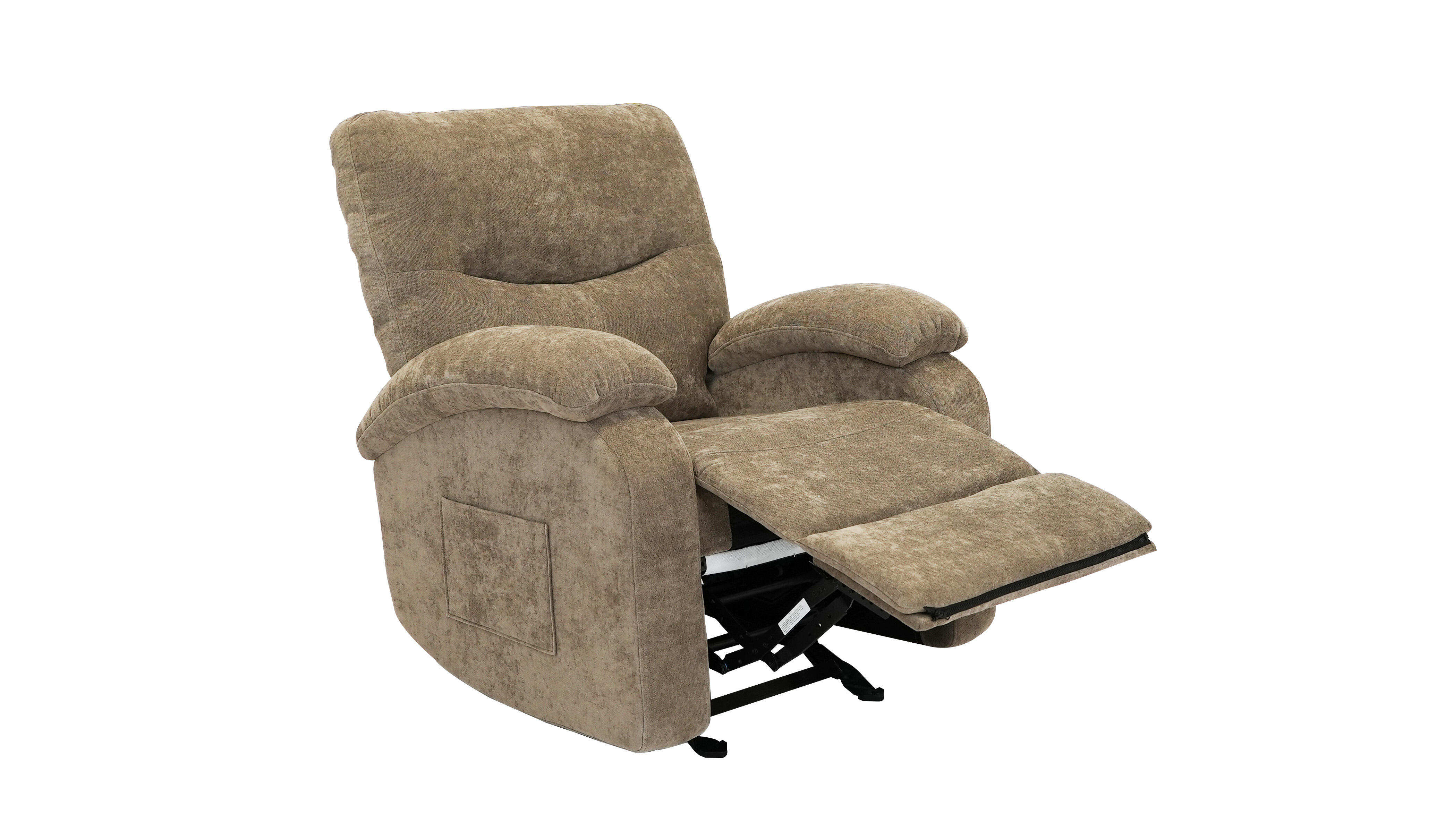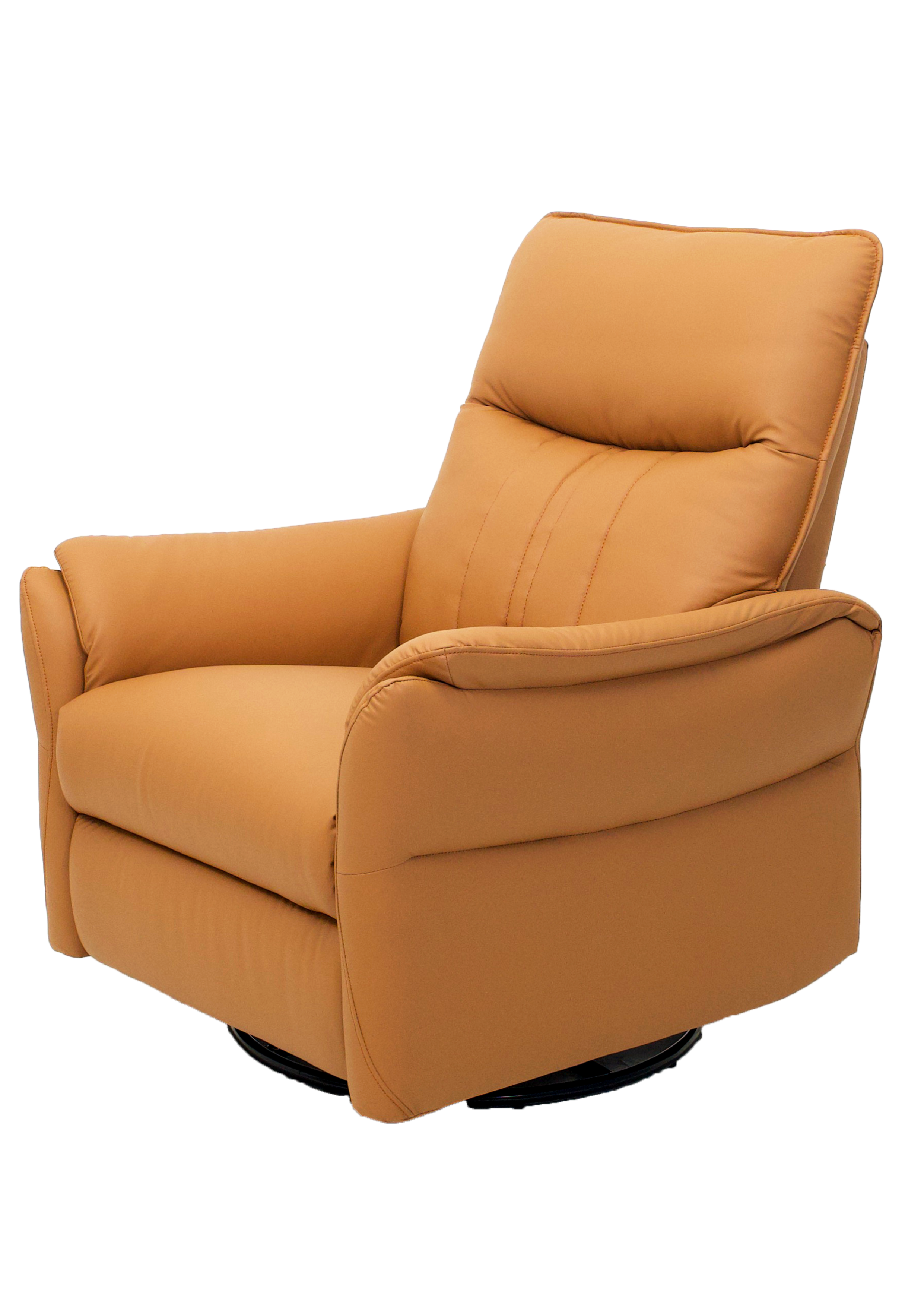The Evolution of Modern Home Comfort: Electric vs Manual Recliners
The landscape of home furniture has transformed dramatically over the years, with traditional manual recliners giving way to sophisticated electric recliners that promise enhanced comfort and convenience. As technology continues to reshape our living spaces, the choice between an electric recliner and its manual counterpart has become increasingly significant for homeowners seeking the perfect balance of comfort and functionality.
Today's electric recliner represents the pinnacle of seating innovation, offering precise control over positioning and support that was previously unimaginable. While manual recliners have served us well for decades, the introduction of motorized mechanisms has revolutionized how we experience relaxation in our homes.
Core Features and Functionality Differences
Operation and Control Mechanisms
Electric recliners operate through a motorized system controlled by buttons or a remote, allowing users to adjust their position with minimal physical effort. The smooth, controlled movement enables precise positioning at any angle, making it easier to find the perfect spot for reading, watching TV, or taking a nap. Multiple motors can control different sections independently, offering unprecedented customization of your seating position.
Manual recliners, by contrast, rely on body weight and physical force to operate the reclining mechanism. Users must push against the backrest and use a side lever or handle to change positions. While this traditional mechanism is reliable and straightforward, it requires more physical effort and offers limited positioning options.
Comfort and Adjustability Features
Electric recliners excel in providing customizable comfort through their multiple adjustment points. Users can fine-tune the headrest, lumbar support, and footrest positions independently. Many models include preset positions for various activities, memory functions to save preferred settings, and even massage and heating features for enhanced relaxation.
The manual variant typically offers basic recline positions with fewer adjustment options. While they can still provide comfortable seating, the limited range of positions and lack of precise control may not suit users with specific comfort needs or those seeking a more personalized experience.

Performance and Durability Considerations
Mechanical Components and Longevity
Electric recliners incorporate sophisticated motors and electronic components that power their movement. While these mechanisms are generally reliable, they do introduce more potential points of failure compared to manual systems. However, modern electric recliners often come with warranties covering these components, and advances in engineering have made them increasingly durable.
Manual recliners feature simpler mechanical systems with fewer moving parts, potentially resulting in fewer maintenance requirements over time. The straightforward design has been refined over decades, leading to robust mechanisms that can withstand years of regular use.
Maintenance Requirements and Care
Maintaining an electric recliner involves regular inspection of electrical components, keeping motors clean, and ensuring proper power supply. Users should periodically check wire connections and protect against power surges. Some models may require professional servicing for electronic issues.
Manual recliners typically need only basic maintenance, such as lubricating moving parts and tightening loose hardware. Their simpler construction means most maintenance can be performed by the owner without specialized knowledge or tools.
Cost Analysis and Value Proposition
Initial Investment Considerations
Electric recliners generally command higher prices due to their advanced technology and additional features. The initial investment reflects the inclusion of motors, electronic controls, and often superior upholstery materials. While the cost may be substantial, many users find the added convenience and comfort features justify the premium.
Manual recliners are typically more affordable, making them an attractive option for budget-conscious consumers. The lower price point reflects their simpler construction and fewer features, though high-end manual models can still represent a significant investment.
Long-term Economic Impact
When considering long-term value, electric recliners may incur additional costs for electricity consumption and potential electronic repairs. However, these costs are generally minimal compared to the initial purchase price. The advanced features and comfort options can contribute to extended furniture longevity by reducing physical wear and tear.
Manual recliners often have lower lifetime costs due to their simpler maintenance requirements and absence of electrical components. However, the physical effort required for operation may lead to faster wear on mechanical parts in some cases.
Lifestyle and Accessibility Implications
User Demographic Considerations
Electric recliners particularly benefit seniors, individuals with mobility issues, or those recovering from injuries. The effortless operation and precise positioning can help maintain independence and comfort without requiring assistance. These features make electric recliners an excellent choice for aging-in-place arrangements.
Manual recliners may be more suitable for users who prefer traditional furniture operation and have the physical capability to operate mechanical controls. They can be ideal for younger users or those who appreciate the reliability of simple mechanical systems.
Space and Room Integration
Electric recliners often require proximity to power outlets and may have larger footprints due to their motorized mechanisms. However, many modern designs incorporate space-saving features like wall-hugging technology, making them suitable for various room sizes.
Manual recliners typically offer more flexibility in placement since they don't need electrical connections. Their often more compact design can make them easier to integrate into existing room layouts and furniture arrangements.
Frequently Asked Questions
How long do electric recliners typically last compared to manual ones?
Electric recliners generally last 7-10 years with proper maintenance, while manual recliners can last 10-15 years. However, the lifespan largely depends on usage patterns, maintenance regularity, and initial build quality.
Can electric recliners operate during power outages?
Most electric recliners require power to adjust positions. Some models include backup battery systems, but without power or backup, the chair may remain fixed in its current position until power is restored.
Are electric recliners safe for households with children and pets?
Modern electric recliners include safety features like anti-pinch mechanisms and child locks. However, supervision is recommended when children or pets are around any reclining furniture, whether electric or manual.
What should I consider regarding warranty coverage for electric vs manual recliners?
Electric recliners typically come with separate warranties for mechanical parts, electrical components, and upholstery. Manual recliners usually have simpler warranty terms covering mechanical components and upholstery only. Always review warranty details before purchase, especially for electric models.




